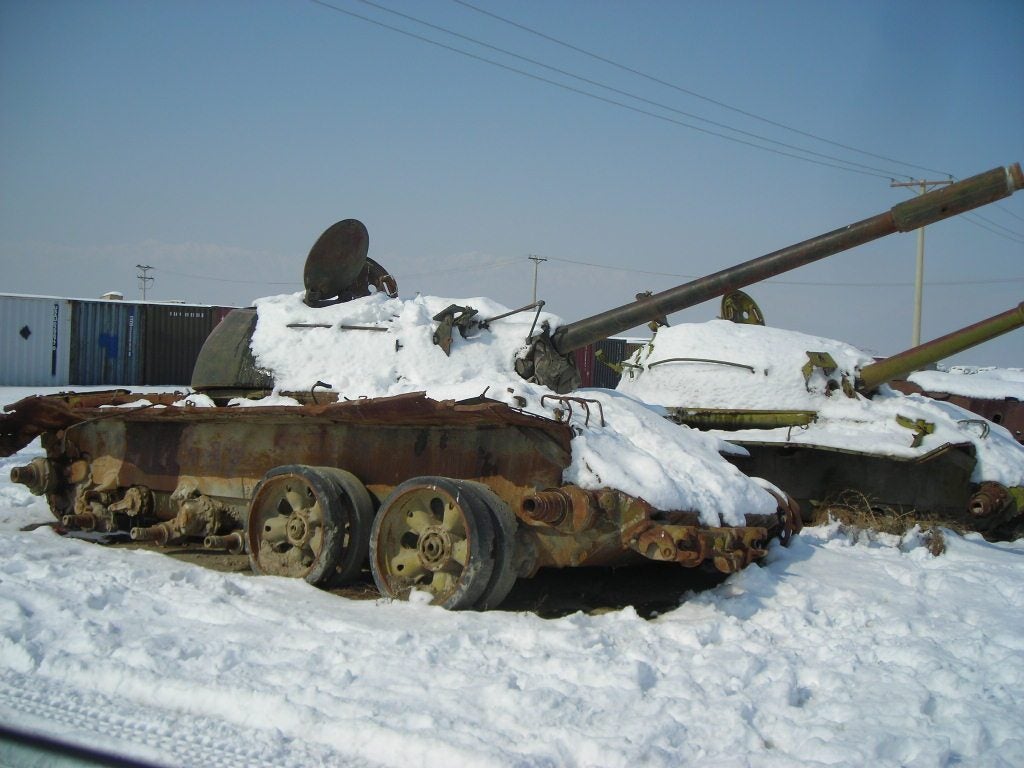Russian Defense Spending to Be Cut Due to Economic Woes and Upcoming Election
The Russian military budget is going to be cut by 5%, according to the Financial Times. The money will instead be spent on additional measures to shore up the Russian economy with social spending and will be the first time since 2014 that the Russian government has spent more on the economy than on defense.
The Russian economy is suffering due to the crash in oil prices and with western sanctions starting to take a toll. This is expected to be exacerbated by the effects that the Coronavirus Pandemic is having and the net result is a gradual decline in living standards that has hit President Putin’s popularity in polls.
With an election due in a year’s time, the Russian government is increasing spending on social measures by almost 10%, taking up more than a quarter of the entire budget. Additionally, Russia’s flat income tax will be scrapped in favour of a higher rate for those earning more than Rbs5m ($65,000) a year and a new tax will be levied on bank deposits larger than Rbs1m. Taxes on the metal and mining industries will also likely be raised.
The actual effect the cut will have on the Russian military is difficult to forecast. Although the country is generally stated to spend between $60-65 billion on defense each year, this figure is somewhat deceptive. On paper not much greater than the amounts spent on defense by countries like the UK and France, in fact the Russians achieve much more “bang-for-their-buck” than other countries, not just in maintaining large numbers of personnel but also with extensive modernisation programs being undertaken in their ground forces and air forces, new naval vessels being built and cutting edge space militarization projects.
The reason for this – as is explained in this War on the Rocks article – is that the fundamental way of calculating defense budgets through conversion at market exchange rates understates the real value of Russian military expenditure; instead a more accurate figure should be obtained via purchasing power parity (PPP) exchange rates. This approach takes the disparity in costs between countries into account, not just a straight conversion into dollar value. Using this method shows how Russia (and China) can afford such substantial military and upgrade programs.
However, despite the difference in relative spending, the cut will bite into the Russian military somewhere. With a return to costly Cold War-style probing of western air defences and the need to respond to regular intrusions to protect Russian airspace, let alone a number of expensive foreign excursions being undertaken in various locations, the axe will eventually fall somewhere.

